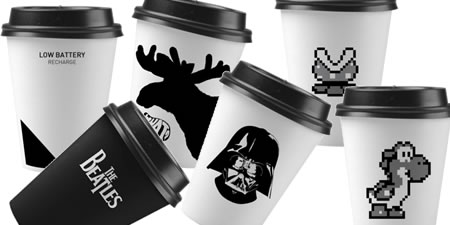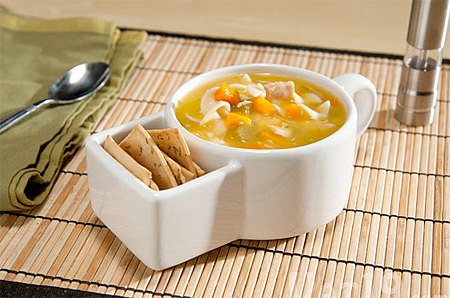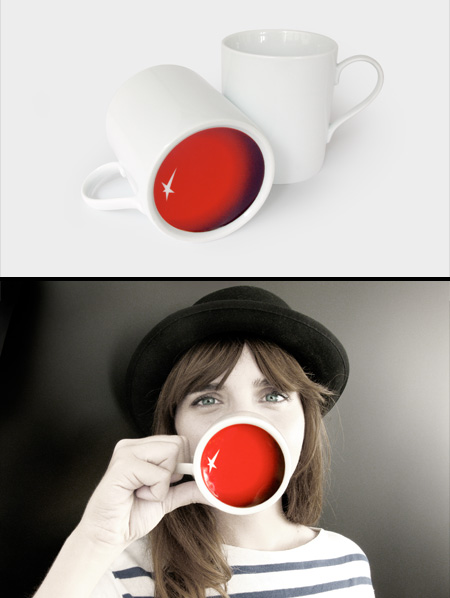Sumatran Rhino
Dicerorhinus sumatrensis
Dicerorhinus from the
Greek word meaning two; cero meaning horn; rhinus meaning nose. Sumatrenis
referring to Sumatra its home.
Population: 300
Weight: 600 – 950kg
Length: 2.0 – 2.3m
Habitat: Dense tropical
rainforest, mainly in the Malay Peninsula on the Indonesian islands of Sumatra
and Borneo.
Eastern 50
Western 250
The Sumatran, known as
the hairy Rhino because of its long shaggy hair unlike other species which
appear hairless, is a descendent of the Woolly Rhino.
Unlike White Rhinos
Sumatran rhinos are browsers feeding on young saplings, leaves, mangoes,
bamboo, twigs, figs and bark. When feeding, the animal moves in a zig-zag
pattern, sampling the potential food items in sight before it takes in mouthful
qualities.
Status: The Sumatran,
the smallest living Rhino, has been a critically endangered species for at
least 30 years. Today as few as 300 are left in the wild.
The main threat to the
Sumatran rhinoceros is habitat destruction. Human activities from logging and
land clearing for agriculture has lead to them losing their homes. Land
clearing has made entry into the once remote forest homes of these secretive
creatures easier. Poachers then kill the animals for the “alleged” magical
properties of its horn and other body parts. The incentive for poachers is very
high when rhino horn is worth 10 times its weight in gold on the black market.
The Woolly Rhino was on
earth during the ice age, 350,000 years ago. Its whole body was covered with
thick and shaggy coat which helped them survive in very cold climates. The
Sumatran Rhino is the last representative of the Woolly rhino family.
The Sumatran Rhino
(Dicerorhinus sumatrensis), is the smallest living rhinoceros. Over the past
years, its habitat has shrunk to several isolated areas due to poaching. In
Sumatra and on the Malaysian Peninsula the Western Sumatran Rhino (Dicerorhinus
sumatrensis sumatrensis) can be found, represented by 150 animals in Sumatra
and not more than 100 of the continental population. The Eastern Sumatran Rhino
(Dicerorhinus sumatrensis harrisoni), an inhabitant of Borneo, was still
widespread at the beginning of the 20th century. Today fewer than 50
individuals survive.
Rhino Project
Rhino conservation: In
1995 the Sumatran Tiger Trust, in search of the critically endangered Sumatran
Tiger, laid the first remote cameras in Way Kambas National Park, Sumatra. More
than tigers were photographed: A healthy population of one of the rarest
animals on earth was found – between 12-24 Sumatran Rhino. Sumatran or “hairy
rhinos” are probably the most endangered of all the rhino species with fewer
than 300 left in the wild. In 1996 Rhino Protection Units, funded by
International Thino Foundation, were introduced and their goal? Conservation of
those rhinos and their habitat. The core rhino and core tiger habitat in way
Kambas does overlap. In 2003 the rhino and tiger protection units joined
forces. There are 7 units now operating in Way Kambas to provide more effective
and efficient protection.
There is an
anti-poaching patrol in action deep in the heart of the National Park. Armed
for protection from illegal intruders these men suffer intense heat, humidity,
insects, wet clothes and boots and a multitude of other things and yet have a
deep personal commitment to protecting the heritage of Sumatra for the future.
South Lakes Animal Park currently
fully fund 9 anti-poaching patrols of five men in each patrol, working in the
forests.
£4.00 Pays 1 Sumatran
Park Ranger for the day.
£38.00 Pays 1 Poaching
team for the day.
£250.00 Pays for the
whole project to run for the day.
£1, 460 Pays for 1
Sumatran park Ranger for the year.
£15, 000 Pays for 1 Anti
Poaching team for a year.






















































